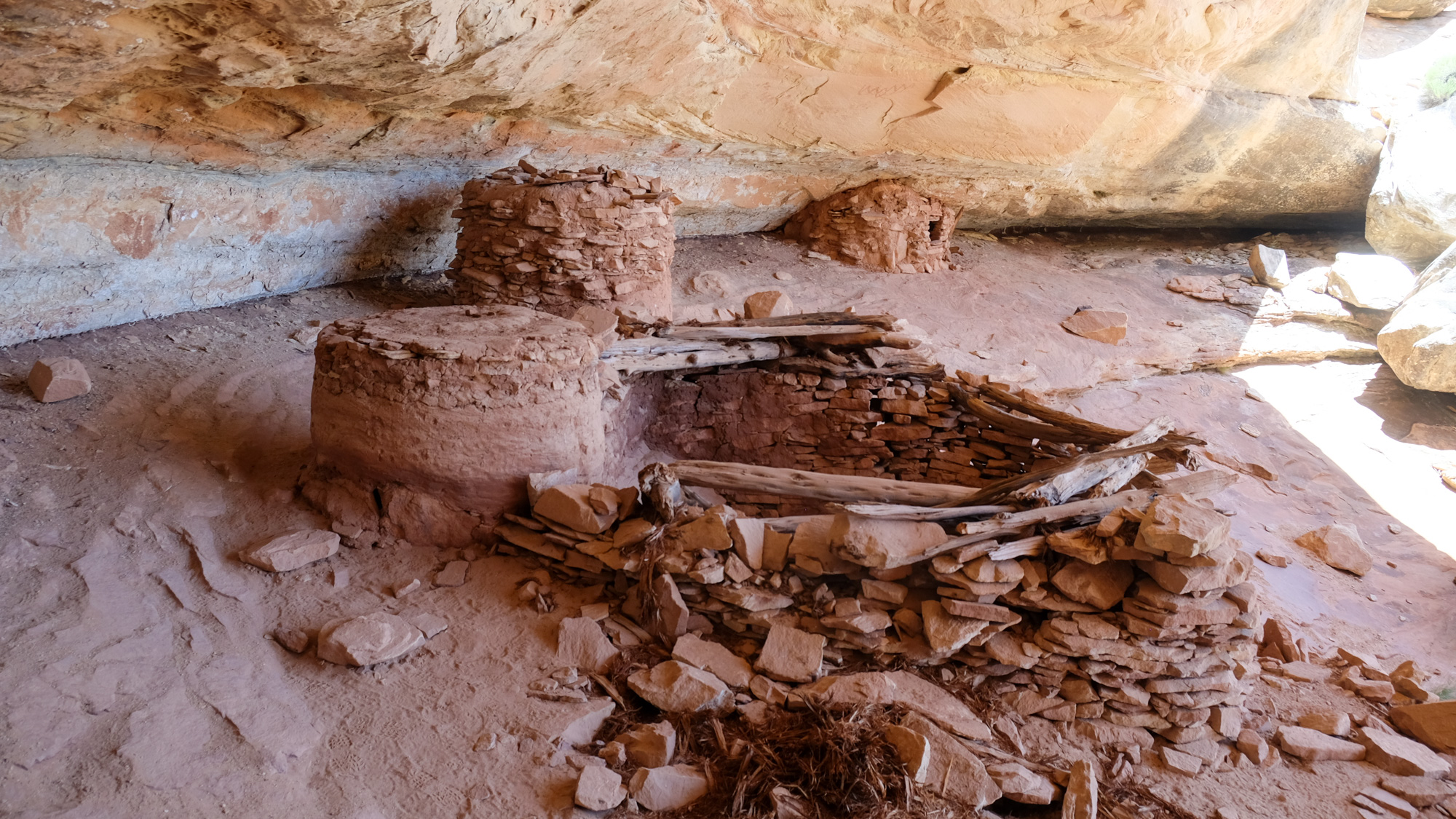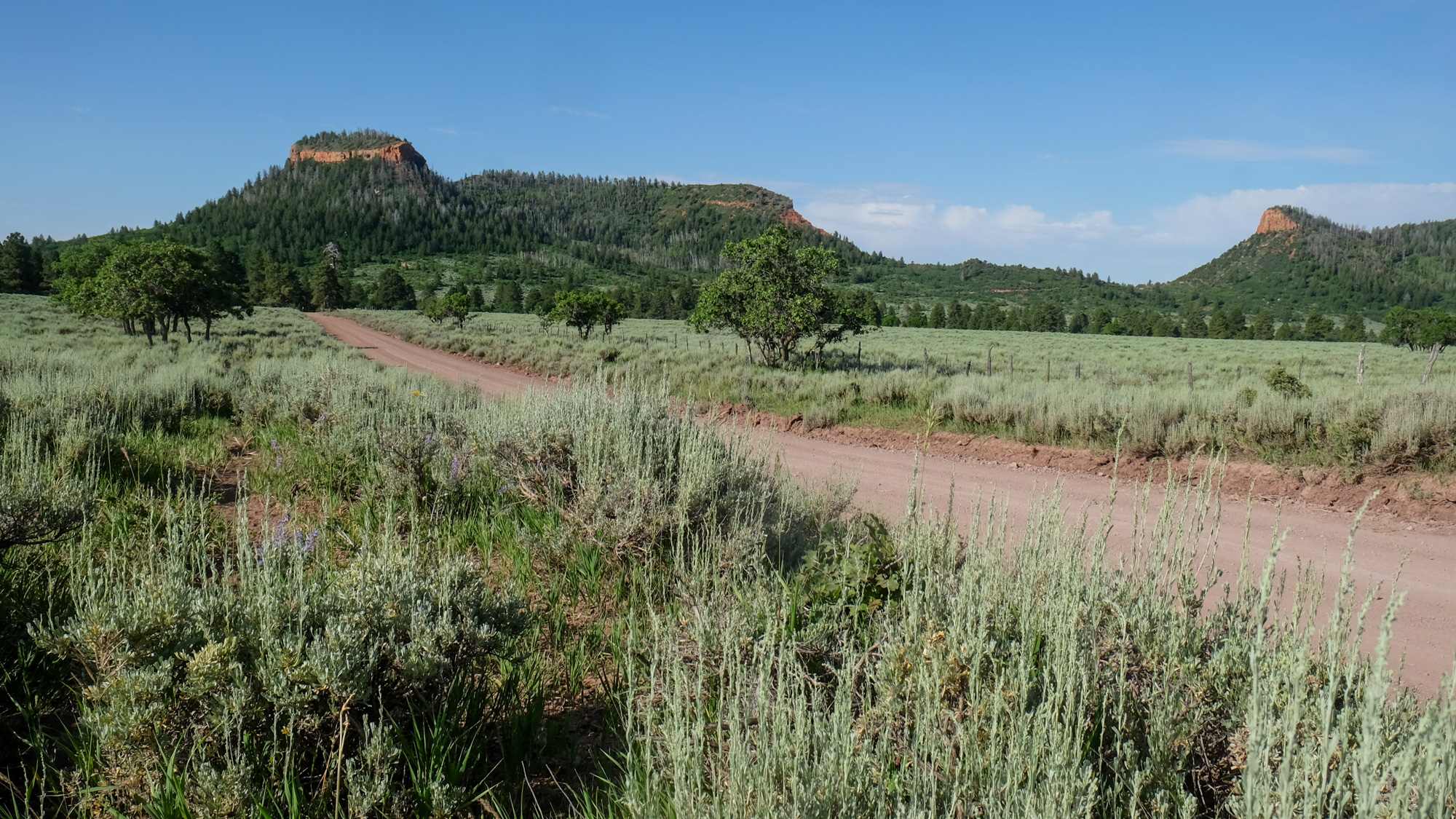Final Bears Ears National Monument Plan Bans All Recreational Shooting on 1.3 Million Acres of Federal Land
All recreational shooting will be prohibited on the 1.3-million-acre Bears Ears National Monument in southeast Utah, according to the final management plan for the controversial monument, released today by the BLM and US Forest Service.
Management guidance for Bears Ears National Monument is the first plan developed in collaboration with Native American tribes, five of which consider the piney highlands and redrock canyons west of Monticello, Utah a culturally sacred homeland. In addition to a complete ban on target shooting in the monument, off-highway vehicle use will be significantly restricted, with about 600,000 acres closed to OHV use and another 483,000 acres where OHV use will be limited.
The final management plan notes that while “recreational shooting would be prohibited in BENM, this prohibition does not apply to the use of firearms in the lawful pursuit of game.” Hunting for deer, elk, bighorn sheep, black bear, mountain lion, and wild turkey in the monument is managed by Utah’s Division of Wildlife Resources. The BLM did not immediately respond to a request for comment, though talking points for different user groups uploaded by Utah BLM to Flickr note that “popular recreational shooting alternatives are located outside the monument.”

Photo by Andrew McKean
Because Bears Ears is the first national monument in which tribes share management authority with federal land managers, some worry that the ban on recreational shooting could be extended to other co-managed public lands elsewhere in the West.
“I expect we’ll see more of these activity and use closures as this particular Secretary of the Interior provides more input to tribes,” said a source who asked not to be named because they work closely with federal agencies. Interior Secretary Deb Haaland is an enrolled member of New Mexico’s Laguna Pueblo tribe and has spent the balance of her tenure at Interior promoting tribal interests. In September 2022 Haaland outlined the Interior Department’s guidance to “strengthen tribal co-stewardship of public lands and waters.”
“From wildfire prevention to managing drought and famine, our ancestors have used nature-based approaches to coexist among our lands, waters, wildlife and their habitats for millennia,” Haaland wrote in her directive. “As communities continue to face the effects of climate change, Indigenous knowledge will benefit the Department’s efforts to bolster resilience and protect all communities. By acknowledging and empowering Tribes as partners in co-stewardship of our country’s lands and waters, every American will benefit from strengthened management of our federal land and resources.”

Photo by Andrew McKean
The shooting ban on BENM was included as a preferred alternative in the draft management plan, released in March, but most observers expected any closures to be small and only around important cultural sites and high-use areas like campgrounds, trailheads, and administrative sites.
“There has been no record of any damage to cultural resources, or any law enforcement or public safety issues associated with recreational shooting on the monument,” said the source who works with federal agencies. (This is consistent with the Bears Ears manager reports from 2022 and 2023, both of which mention user conflicts related to fuelwood cutting and cultural resources in the national monument, but not recreational shooting.) “So to impose this sweeping restriction, essentially banning one class of tax-paying citizens from an important type of multiple use on public land, is really troublesome.”
It’s hardly the first time Bears Ears has stirred controversy. Established in the final month of the Obama administration, the monument carved out 1.3 million acres from BLM and Forest Service land with an abundance of cliff dwellings and cultural sites important to the Hopi Nation, Ute Indian Tribe, Ute Mountain Ute Tribe, Navajo Nation, and Zuni Pueblo. The tribes hoped for more than a designation; they requested a role as co-managers of the monument, and were included on the Bears Ears Commission that guided management of the property. But a year after its designation, President Trump reduced the monument’s size by about 85 percent, claiming the original Bears Ears Monument was an example of federal overreach. Trump also reduced the role of the tribes in monument management.
In October 2021, President Biden not only restored Bears Ears National Monument to its original size, but he directed the Forest Service and BLM to jointly prepare a new management plan, one with collaboration from the five tribes. Today’s final management plan reflects that presidential directive.

Photo by Andrew McKean
According to the final management plan, management of the monument will consider indigenous knowledge and incorporate tribes’ ancestral use of the landscape in management decisions.
“BENM represents the culmination of more than a century of efforts to protect the ancestral homeland of five Tribal Nations,” reads the final plan, which noted the Obama administration’s conclusion that the entire 1.36-million-acre landscape deserved national monument status as “an object of historic and scientific interest in need of protection” under the Antiquities Act of 1906 that gives presidents the authority to designate national monuments without concurrence of Congress.
The Biden administration’s redesignation of BENM ensures “the preservation, restoration, and protection of the objects of scientific and historic interest on the Bears Ears region, including the entire monument landscape,” according to the final planning document. It further ensures that “management decisions affecting the monument reflect expertise and traditional and historical knowledge of Tribal Nations.”
The final BENM plan is subject to a 30-day protest period and a 60-day governor’s “consistency review” period.
The post Final Bears Ears National Monument Plan Bans All Recreational Shooting on 1.3 Million Acres of Federal Land appeared first on Outdoor Life.
Source: https://www.outdoorlife.com/conservation/bears-ears-recreational-shooting-ban/




